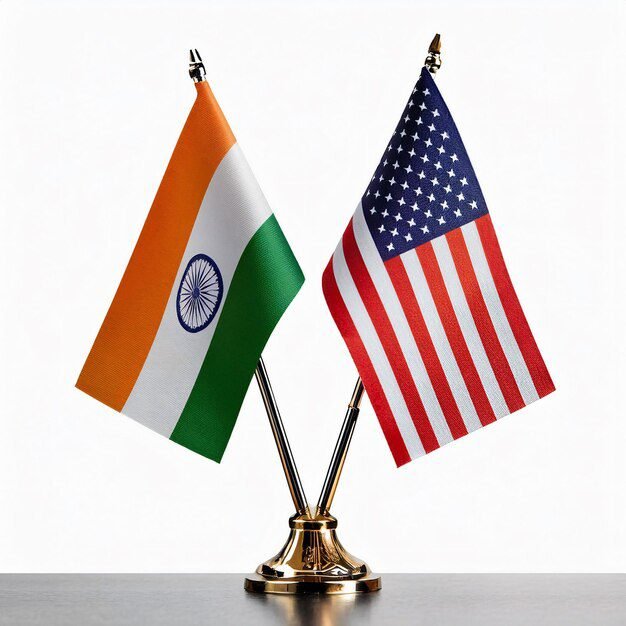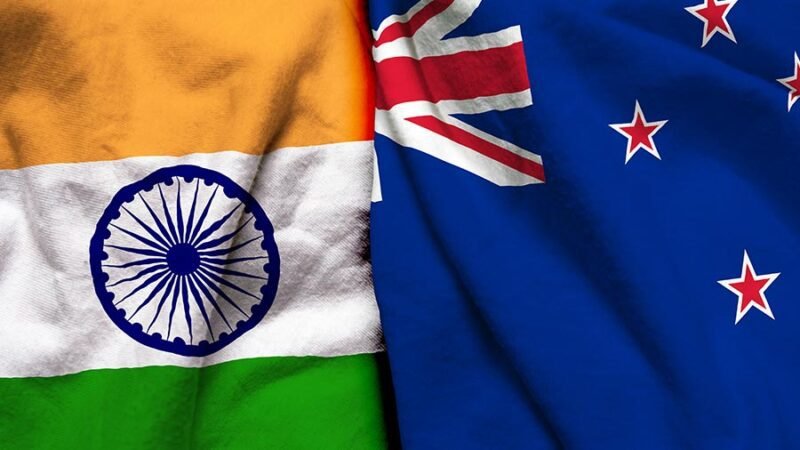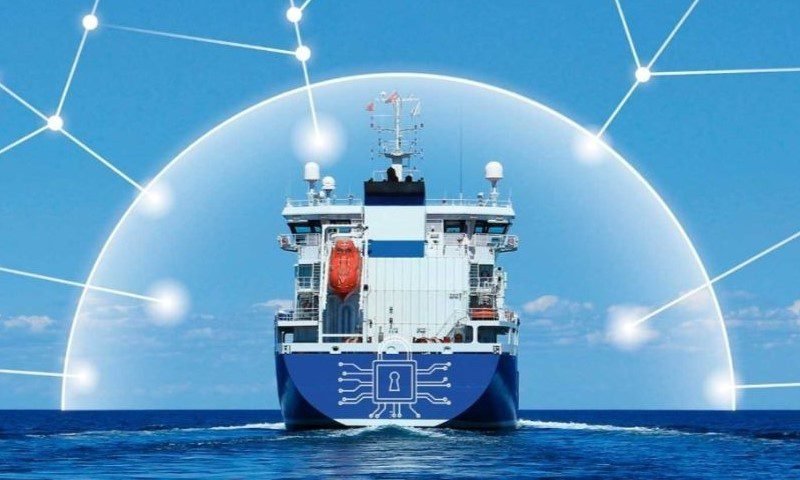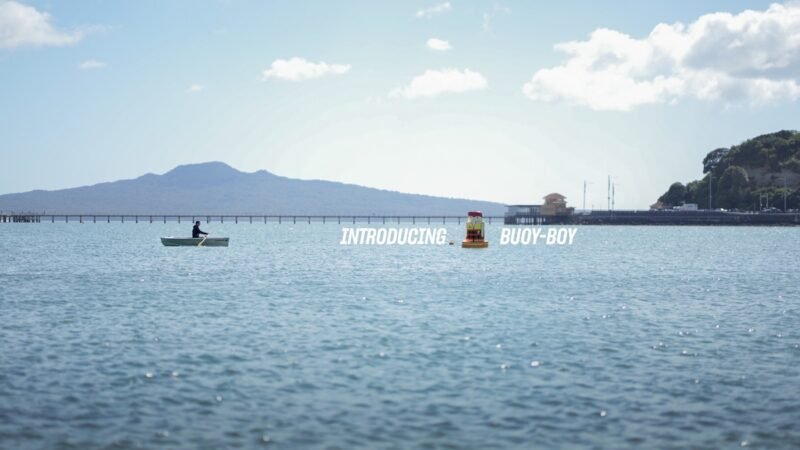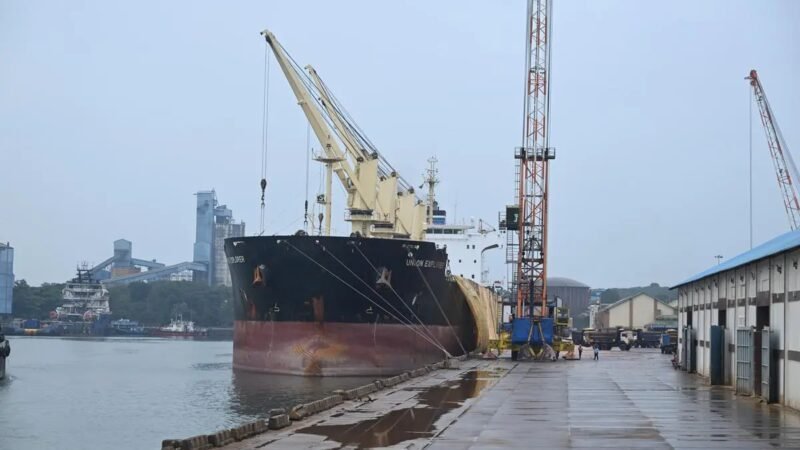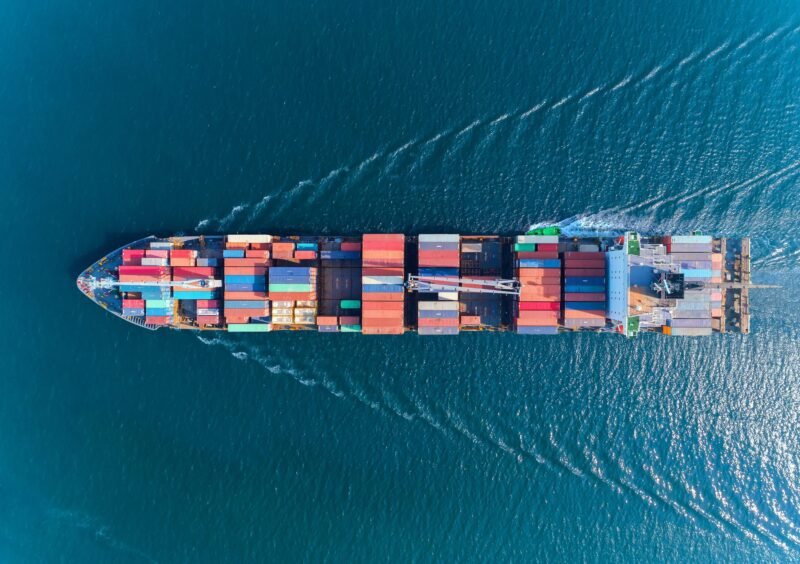India, although behind in terms of ship numbers, has promising opportunities in sustainable shipping, according to Umesh Sharad Wagh at THE WEEK Maritime Conclave 2024. He emphasized the private sector’s role in India’s 2047 vision and government support, alongside panel participants such as P.L. Haranadh, J.P. Irene Cynthia IAS, and Arathi Narayanan. Wagh highlighted the shift towards green shipping in both fleets and ports, urging private sector players in India to seize this opportunity.
Haranadh discussed the east coast’s potential for a one billion tonne cargo handling capacity by 2047, emphasizing the need for a cost-efficient logistics ecosystem. He underlined the importance of dry ports in enhancing connectivity with railways, roadways, and waterways to reduce expenses. Adding to this, the Sagaramala program, initiated in 2015, has significantly expanded port capacities in India.
Arathi Narayanan highlighted the capital-intensive nature of ship-owning and the necessity for government incentives to encourage investment in future-ready vessels with alternative fuels. She compared China’s supportive policies for ship-owners, stressing the importance of similar incentives in India’s private sector. Additionally, Cynthia raised awareness about the low representation of women in the maritime sector, advocating for gender-inclusive policies and initiatives to increase female participation and ensure a safe workspace.







